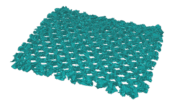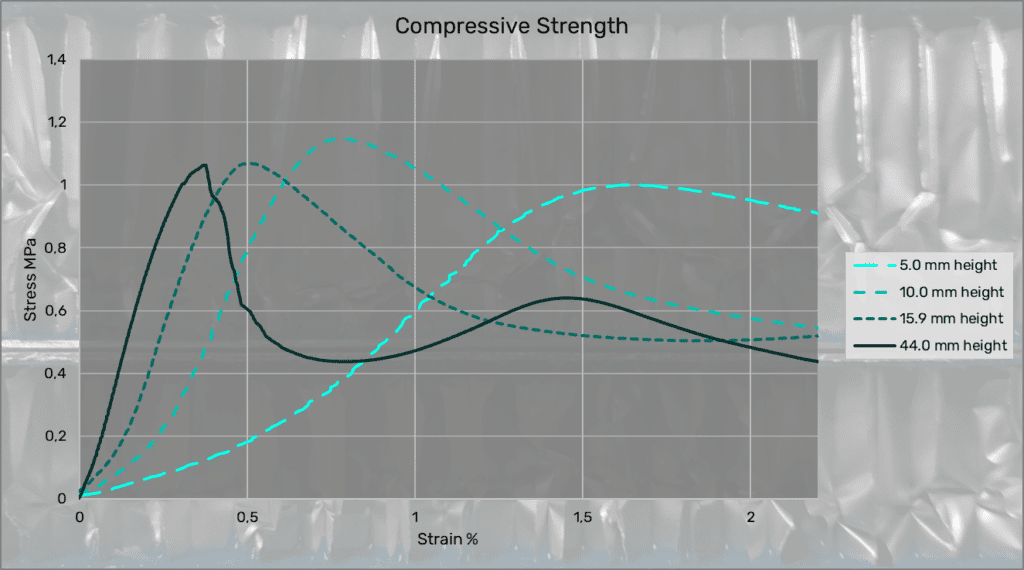
Influence of the stabilization process on the mechanical properties of a honeycomb_Aux_Défense_2020
By Frédéric Brun
OUT OF PLANE ELASTIC COMPRESSIVE PROPERTIES OF METALLIC HONEYCOMB STRUCTURES
Application/PDF - 12.04 MB
DownloadThis research work assesses the influence of three geometric factors on the out-of-plane compressive modulus of metallic honeycomb structures, specifically in aluminum: cellular topology, the height of the alveolar structure and the geometry of the specimen. The objective is to verify whether the typical modules values provided by manufacturers, often supposed to be constant, remain valid under different configurations.
Historically, theoretical models (notably from Gibson & Ashby) offer a formula connecting this module to the relative density and to the Young module of the material. However, significant differences are observed between theoretical and experimental modules, especially for low density honeycomb. This is explained by micro-defects such as micro-perforations and micro-flashes of the walls, as well as by the overestimation of Young modules for very fine materials.

To investigate these phenomena, compression tests according to the ASTM C365 standard were carried out, as well as finite element models (FEM). The tests show that cellular topology strongly influences mechanical performance: a modified geometry with corrugated walls significantly increases the out-of-plane compressive modulus (up to 118% for only 7.9% volume mass increase) compared to a conventional hexagonal structure.
In addition, the height of the honeycomb (absent parameter of theoretical formulas) also has a notable impact. Tests on heights of 5 mm, 10 mm, 15.9 mm and 44 mm reveal that the compressive modulus grows with the increase in height, also reducing the elastic deformation area. For low heights, the adhesive used in stabilized compression tests seems to influence the results.
Digital simulations reproduce these experimental trends well, highlighting two elastic regimes: a first theoretical regime followed by a second diet dominated by micro-flashes. This digital approach confirms that mechanical performance does not depend only on the material and the density, but also on the geometry of the cells and the height of the core material.
In conclusion, this study demonstrates that the out-of-plane compressive modulus of metallic honeycomb is not a universal constant. It strongly depends on the geometric characteristics of the cellular structure, which calls into question the often used simplifying generalizations. The integration of these factors is essential for applications requiring high mechanical precision, especially in aeronautics and space.
OUT OF PLANE ELASTIC COMPRESSIVE PROPERTIES OF METALLIC HONEYCOMB STRUCTURES
Application/PDF - 12.04 MB
Download